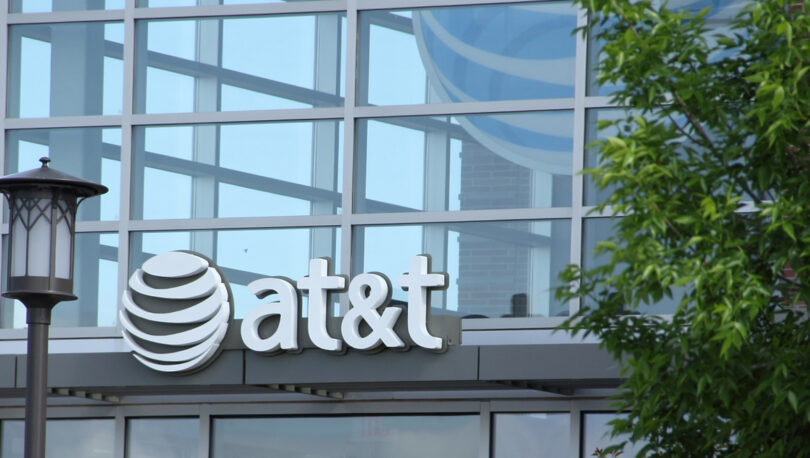The two largest U.S. cellular carriers, AT&T Mobility and Verizon Wireless, have slowly been trying to wean enterprise customers away from subsidized phones and other mobile devices. It is a program first initiated by T-Mobile and quickly followed by Sprint. The idea is to offer a much lower cost of monthly service in lieu of providing a fully or partially subsidized device.
But are their offers to end device subsidies really a good deal for the enterprise customer?
Subsidized Phones: The Evolution of Mobile Financing
It was a given over most of the past 20 years that the cellular carrier would provide a device for little or no money in exchange for a commitment to use their network for 24 months.
As we all know, nothing is free. The cost of the device was simply embedded in the monthly cost of service.
Over the past two years, especially as smartphones started costing $800 or more at retail, the carriers are less amenable to subsidized phones, providing a new device at a deeply discounted cost or at no cost upfront. Most enterprises can still negotiate to get a device one version back from the most current at no cost, but the carriers are promoting plans that separate the phone purchase from the monthly service.
As a result, they either provide financing for a new device or they offer a different monthly plan for devices that are purchased at full retail. But is this a good deal for the enterprise customer?
Device Subsidies vs. Lower Monthly Service Charge: Which Yields a Lower TCO?
The answer depends on the overall structure of the contract. Most contracts include several incentives that impact the total cost of ownership (TCO).
These include:
- Monthly service charge
- Activation credit
- Retention credit
- Early termination fee waiver pool/early upgrade waiver pool
- Possible growth credits
Subsidized Phones and Devices
An average enterprise customer with subsidized phones (or other devices) might experience the following costs:
- Monthly Service Charge: ~$55.00 per month for 24 months = $1,320
- Activation credit: ~$135 one time (-$135.00)
- Retention credit: ~$25 one time (-$25.00)
- ETF / EU Waiver: ~$2 per month (-$48.00)
Total cost for a two-year service term = $1,112.00 or $46.33 per month
Un-subsidized Devices with Lower Monthly Service Charge
Carriers may offer the same commercial incentives and credit for an un-subsidized device except that they may lower the monthly service charge to $35. Therefore, there is also no need for an ETF or EU waiver pool since the device was purchased.
In this case, the TCO model looks like this:
- Monthly Service Charge: ~ $35.00 per month for 24 months = $1,225
- Activation credit: ~$135 one time (-$135.00)
- Retention credit: ~$25 one time (-$25.00)
- ETF / EU Waiver: ~$0 per month (-$0.00)
- Purchase cost of device: $600 one time ($600.00)*
Total cost for a two-year service term = $1,663.00 or $69.29 per month
In this example, we compare apples-to-apples using the same $600 cost for an older version smartphone. The two-year cost under the un-subsidized model is more expensive and represents incremental margin to the carrier.
Optimizing Enterprise Wireless Spend Starts with Data
Managing enterprise cellular costs is a complicated process and begins with understanding the business requirements for device profiles, frequency of churn, consumption, and several other factors. These can then be modeled against what the carriers are offering to understand the true total cost of ownership.
However, most enterprises lack the bandwidth and internal expertise to adequately collect and analyze this data, then compare it to best-in-market carrier pricing and terms. In these cases, NPI can help – our wireless cost optimization analysts can help you uncover non-disruptive ways to drastically reduce your wireless spend.
RELATED CONTENT
